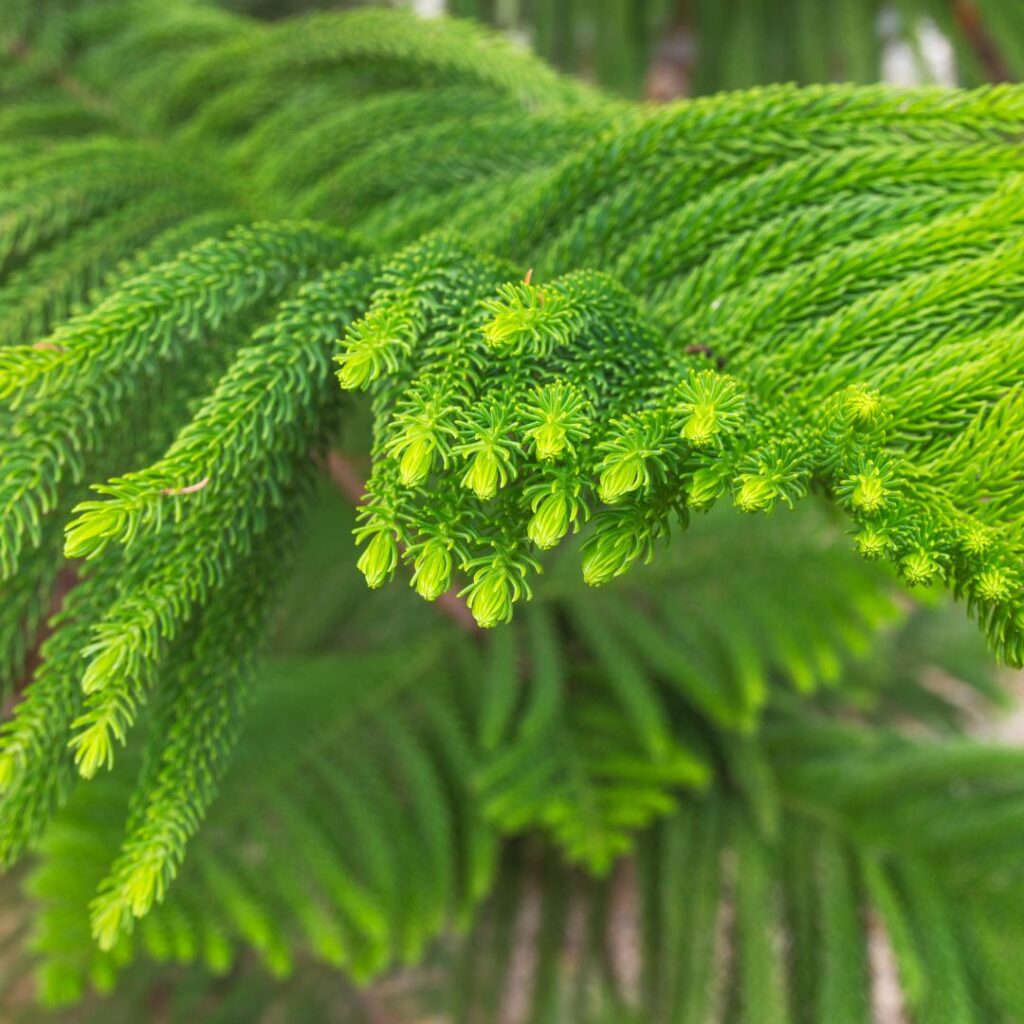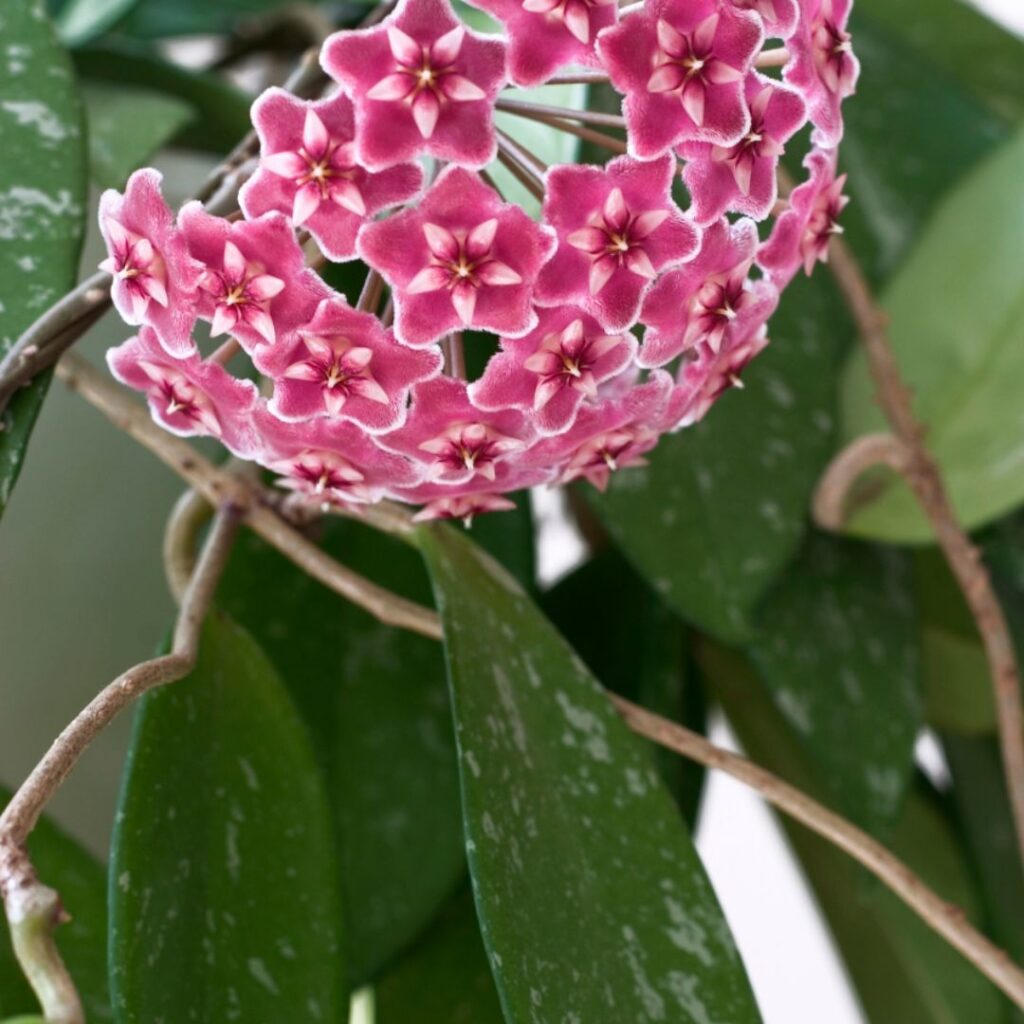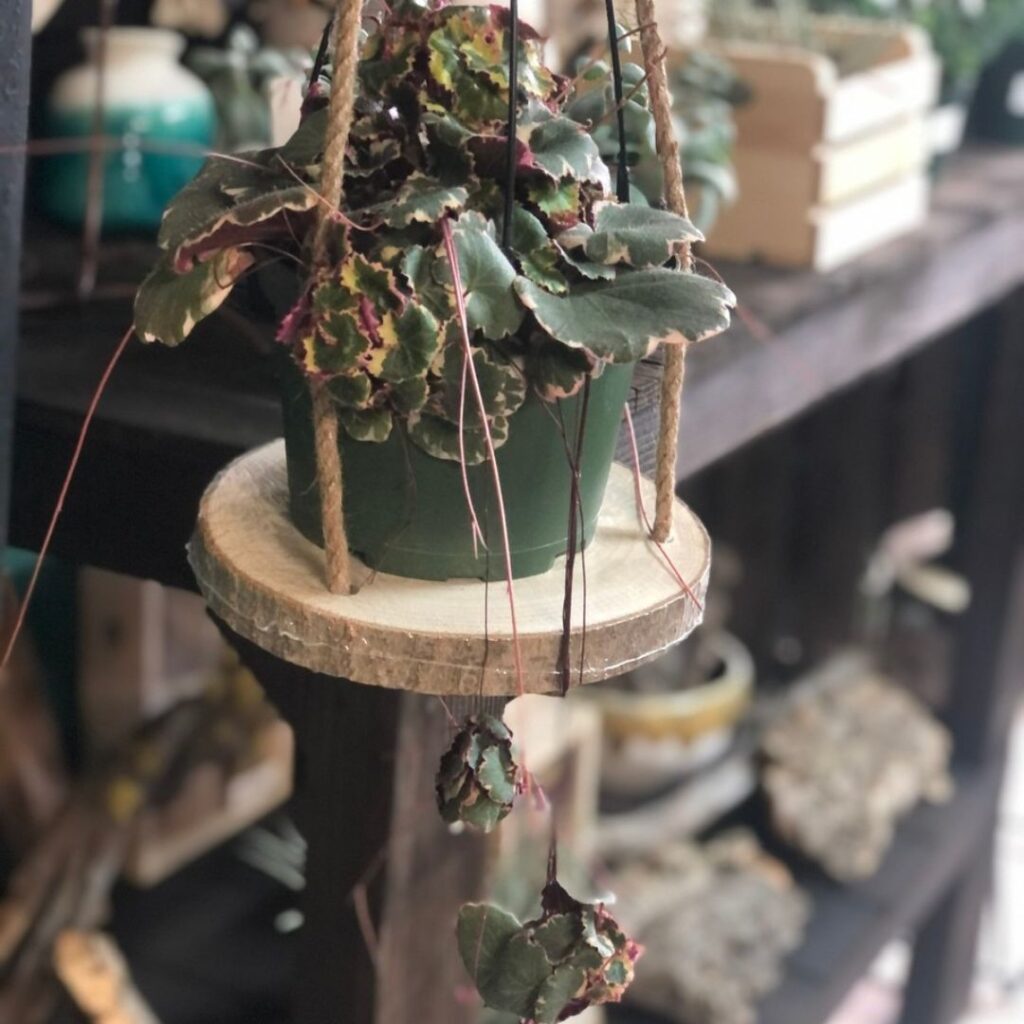Maranta
A personal favorite at our nursery, Marantas are one of the most attractive low light plants to add to your houseplant collection. Their other-worldly leaf patterns and addictive vining growth are enough to draw anyone in and give that empty corner you’ve been eyeing exactly what it needs.
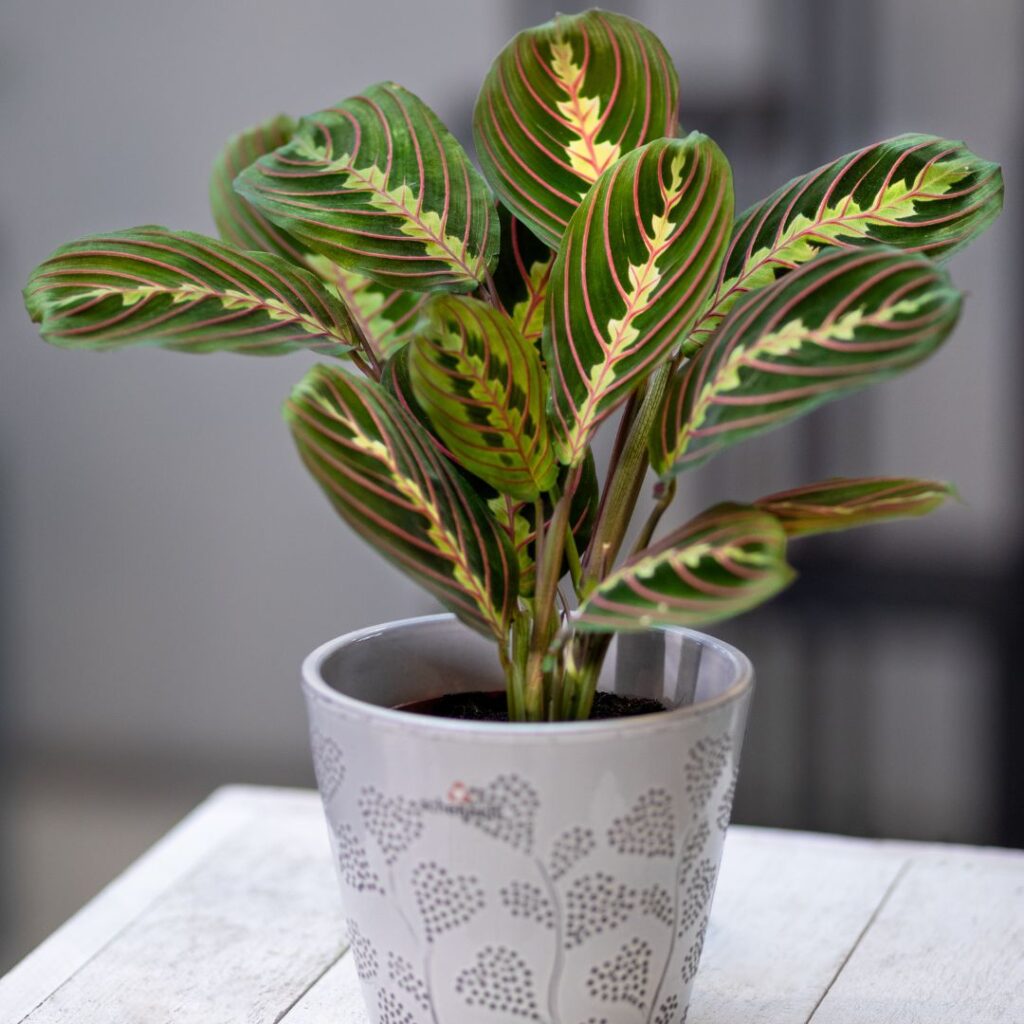
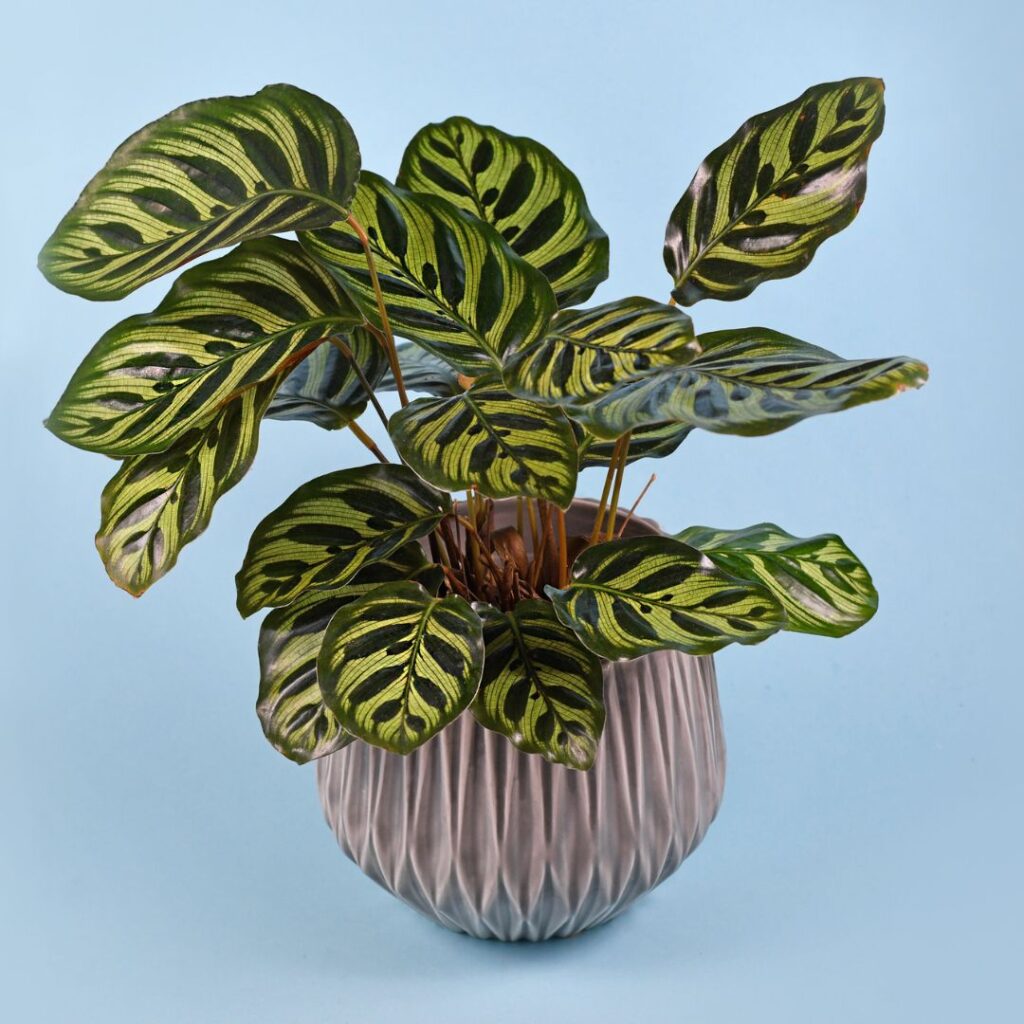
Marantas (left) look closely related to the Calathea (right) which also goes under the common name ‘prayer plant’, and although they are both in the family Marantaceae they are of differing genus’. Both are understory plants in their natural habitat and most share a sweet pink underside of their leaf that reveal themselves in the evenings. Some have encountered their first sighting of Marantas in time lapse videos circulating the internet, here they are displayed doing an up and down dance with their leaves, raising in the evening, and falling during the day. This reaction to night and day is called nyctinasty and is a fun characteristic of Marantas.
Marantas prefer low-light to bright-indirect-light conditions. They love humidity and regular watering. Check on them once a week and don’t let them be dry for too long to help them thrive. Many notice the tips of their Marantas browning, this is a sign of low humidity. A spritz every now and then can help solve this appearance from arising in the future. Either way, it is not a condemning symptom and can be very common. If you struggle to find plants that enjoy north facing windows due to their low light nature, the Maranta is a wonderful and beautiful solution.
As they mature, they can put on stunning growth at the end of their tendrils and begin to look sparse at the top, thankfully they are a fun and easy propagation. Take a cutting of a piece that has 3 or more leaves (I find these propagate with the most success) with a node included, two for better chances. The nodes on Marantas can be a bit harder to spot in comparison to Monsteras for example. But they are a hard bulge near the bottom of a leaf cluster, often they look like a corner or an elbow. Put your cutting in water, making sure to change it every week or so, and wait to see a white root appear. It’s always better to wait for a substantial root system to appear before adding it to the soil of your existing plant, or plant it on its own and give it to a friend!
Whether you’re looking for a lime green or one with fun pink stripes, there is a beautiful Maranta plant out there excited to grow with you. Stop by the store and we can help you choose the best plant for your home.

